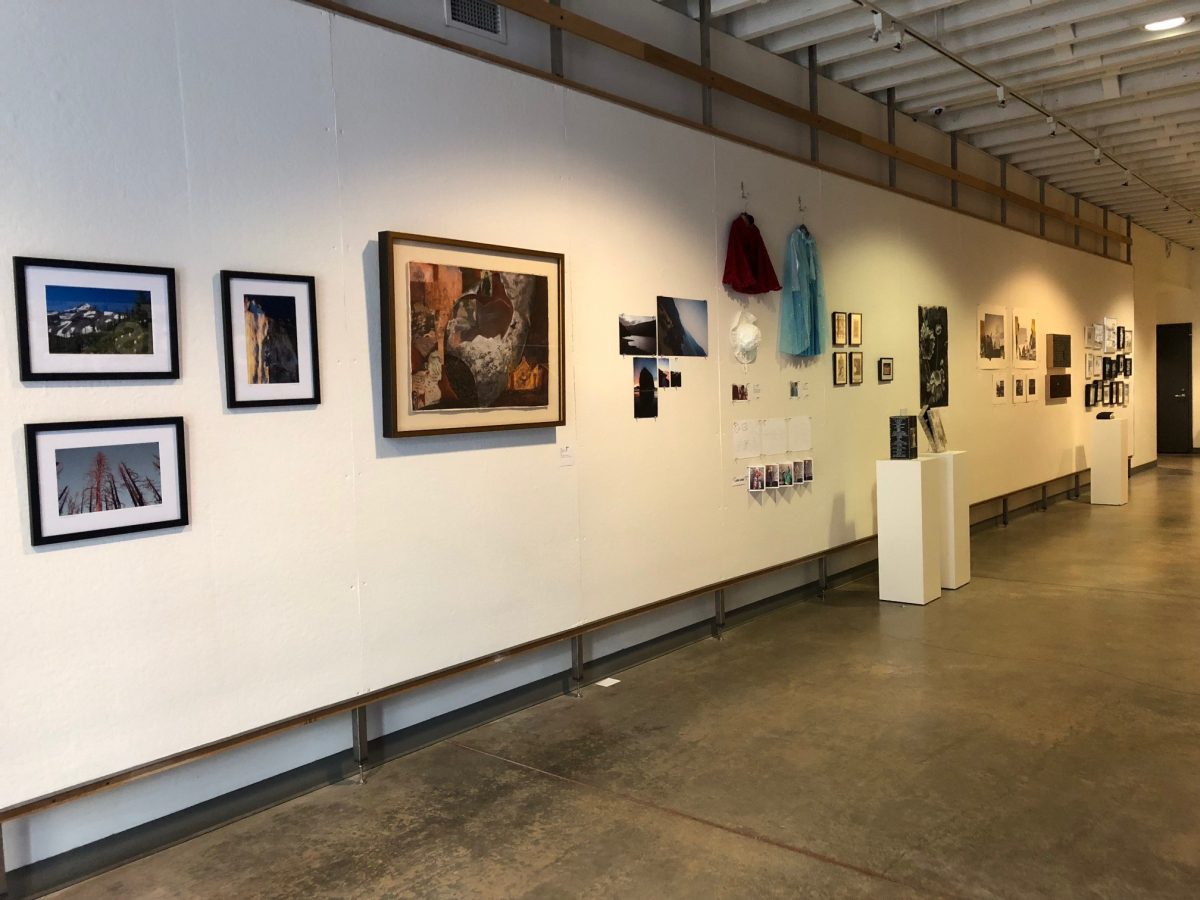Creative Expression and Workplace Culture
Posted by Nov 29, 2018

Mr. Paul Kinley
As a product of arts education, and partner in an architectural firm that focuses on design for the arts and our connection to the community, the subject of the value of the arts in the business community is constantly on my mind, and the minds of my colleagues, as we look for ways to more fully integrate art (and collaboration with artists) into the work we do.
As I write this, an exhibition of Opsis staff artwork is being installed in our lobby / gallery in preparation for Opsis’s informal exhibit / participation in tonight’s “First Thursday” Art Walk in Portland’s Pearl District. Back in 2003 when Opsis was contemplating a move, we were looking for a way to better create connection with the local community. The idea of a shared, multi-use space that could function as a lobby, gallery, and common meeting space for tenants was very appealing.
This simple act of participation impacts all of us.
Many who choose to exhibit their personal art work for this event do not typically have their individual ideas on display in the office; and I always appreciate (especially as an owner and caretaker of the firm) the fearlessness behind the participation. As is the case with all design firms (and many businesses for which design may not be the focus), there is a tremendous amount of personal creative talent that may not have a direct outlet in the course of our typical workflow. The lobby / gallery space at Opsis and the annual employee art show is one way that we provide an outlet for this level of personal creative participation, and recognition of these otherwise unrecognized talents.

I especially appreciate the way in which this brief event brings us closer together, allowing us to know each other a little more deeply through this remarkably selfless sharing. I always find it interesting to witness the conversational shift from our professional contributions to the firm’s work (and how we primarily know each other) to the personal work of the individuals in the firm. Venturing into the history of this very personal work and its generational origins, the conversation is always one of inquiry, investigation, and personal connection. It is impossible to have a conversation about the work without learning a little bit more about who we are, what interests us, brings us joy—and why.
This, for me, is where the value of the arts and the creative process fundamentally lies. The arts create conversation. Sometimes challenging conversation. Conversation is how we get to know each other a little bit better. The better we know each other, the easier it becomes to access the empathy and compassion for others—especially those we do not know—that is required to peacefully coexist.
The wonderful thing about arts-inspired conversation is that we don’t have to be educated in the arts, much less be artists, to participate. We merely need to be available and open. But we all could use more opportunity and more practice than can be offered by the occasional visit to the museum, theatre, or symphony. We need art all around us until it becomes as common and natural as anything else in the natural and built environment that surrounds us every day.
Providing constant and protected space for the exchange of ideas is critically important to the health of our business through the active engagement of our employees. All businesses need new ideas, and businesses benefit when the generation of ideas is encouraged and inclusive. To thrive, businesses need to provide a setting where ideas can be openly exchanged and tested. It is the responsibility of business leaders to understand that the work we all do is best done in an environment that’s not based on the ownership of ideas or the rank of those that offer them—but rather one that’s open, collaborative, and receptive to new ways of thinking and doing. Business leaders need to make intentional steps towards creating these spaces. Otherwise, we miss the opportunity to unleash and develop the inherit creative talent of our employees.





